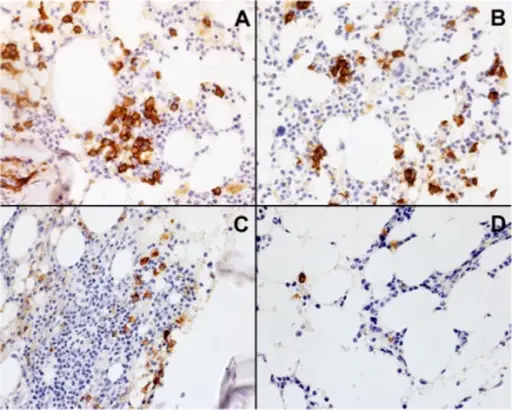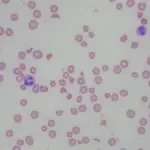Immunohemolytic anemia is hemolytic anemia caused by extracorpuscular mechanisms.
What is the Pathology of Immunohemolytic Anemia?
The pathology of immunohemolytic anemia is: an anomaly in which the body’s immune system halts red blood cells formation and causes them to clump together.
-Etiology: The cause of immunohemolytic anemia is drugs, toxins, infections, transfusion, and certain cancers.
-Genes involved: None.
-Pathogenesis: The sequence of events that lead to immunohemolytic anemia is not well understood.
-Morphology: Rashes.
-Histology: Acanthocytes.
How does Immunohemolytic Anemia Present?
Patients with immunohemolytic anemia typically have no gender prevalence present at an age range of any age.The symptoms, features, and clinical findings associated with immunohemolytic anemia include jaundice, pallor, weakness, chest pain, tachycardia, and dark urine.
How is Immunohemolytic Anemia Diagnosed?
Immunohemolytic anemia is diagnosed through laboratory studies including Coombs antiglobulin test to detect antibodies and complement on red cells.
How is Immunohemolytic Anemia Treated?
Immunohemolytic anemia is treated through medical care including corticosteroid therapy, blood transfusions, blood and marrow stem cell transplants, and lifestyle modification.
What is the Prognosis of Immunohemolytic Anemia?
The prognosis of immunohemolytic anemia is fair depending on the underlying causes.



